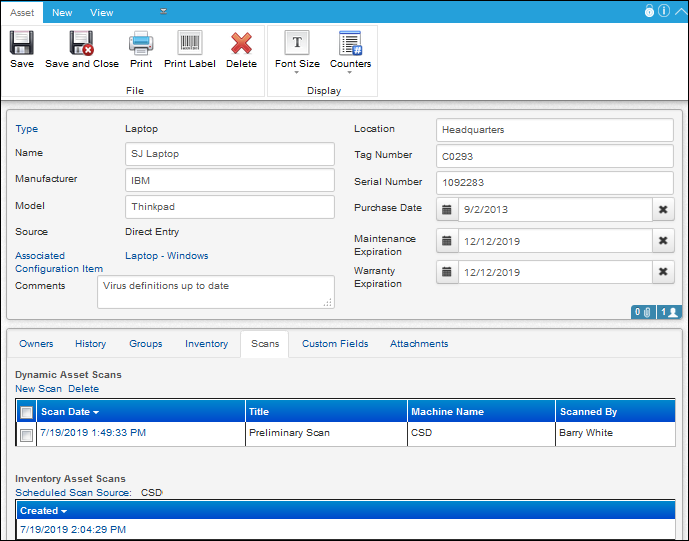
Smaller businesses should consider cloud-based solutions first, since they are more affordable and easier to implement.

This architecture is great for supporting multiple locations and backups. Ideally, users don’t know where the files they access are located - the system handles storage transparently. This solution combines the cloud-based and on-premise systems. If your company already enjoys the benefits of the best in IT, asset management software could be managed by them easily. You can access images, videos, text files, and other assets from the same servers you’re already using for inventory management and finance. This gives you maximum control and probably superior performance. This type of deployment is good for small businesses, since it does not require servers or an IT team to implement and maintain them.ĭAM software can be installed on your company's computers, with all files saved in-house. Most vendors offer cloud-based services, meaning that users can store and access digital assets over the internet. There are three ways to deploy media asset management systems: One of the most important factors to consider before making a purchase is the type of deployment. Read our methodology first and see which of the providers is best for you.

All organize and govern access to digital assets, but they vary based on pricing plans, features, and many other factors.Īll the platforms on this page support basic functions for organizing digital assets, but each implements special features and delivers unique benefits. Some make data presentation or web publication a key feature. Some integrate into existing software infrastructures while others stand alone. The DAM software market includes solutions geared toward different sizes and types of businesses. DAM systems for smaller companies have started to emerge, however, and they can be quite affordable for small and medium-size companies. Every price is negotiated as a part of a custom contract. Several of the products we review here share enterprise roots, and prices are therefore not provided. Purchase details are negotiated and the software publisher may provide a service contract for installation, training, data conversion, and custom features. Some of the platforms take additional security measures, aid in distributing assets, and maintain records of who accessed data and how it was used.ĭigital asset management systems are most at home in large enterprise-class companies, where they handle terabytes of data. Some support teams with group access and workflow-management features. Email messages.Īll the applications on our list restrict access to appropriate users. DAM systems handle trillions of digital assets for stock photo agencies, music publishers, broadcasters, book publishers, research agencies, and podcasters.Īnything on a computer can be filed, indexed, secured, and retrieved with DAM software. Digital asset management software handles storage, security, retrieval, and rights management. The term “digital asset” refers to any computer data that has restricted access rights.
#Asset management software categories license#
License management - tracks and organizes licenses.Asset management - enables to manage of IT inventory.Configuration management - operational specifications help you keep the overview up to date.Change management - operating diary ensures handling changes in IT infrastructure.You get simple, ITIL compliant CMDB with core functions enough for small and medium companies. Since there are many IT assets information that cannot be automatically collected, it is no trouble, and IT managers have control over all assets just with our solution. You are in control of the IT asset dataĭ ata is entered and managed manually. Welcome to a new world of IT Asset Maintenance and Management. Eliminate emails, scrap spreadsheets, and remove random paperwork.


 0 kommentar(er)
0 kommentar(er)
